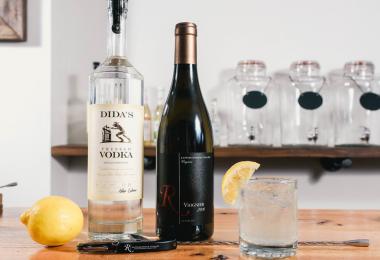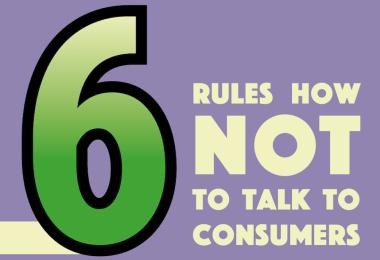Seppeltsfield Winery, established in the Barossa Valley in the 1850s, is one of the jewels of Australia’s wine history. Known primarily for its sought-after fortified wines, it passed from the Seppelt family into corporate hands in the 1980s, and gradually lost its shine. By the time Warren Randall acquired it in 2013, it was in need of extensive renovation.
Today, Seppeltsfield is a major tourist destination which has won numerous local and international tourism awards. The first step in the winery’s rehabilitation was to restore the buildings, including recommissioning the 1888 gravity cellar. Then came the November 2013 opening of the JamFactory, an art and design centre. “The JamFactory started in Adelaide in 1973, but they wanted to branch out,” explains Nicole Hodgson, tourism and events manager. “Obviously the Barossa is a premium region and we had a lot of artists here that didn’t have a home.” Seppeltsfield leased the buildings to the JamFactory, which canvassed local Barossa craftspeople. The result is a lively hub for arts and crafts. “Our visitation went up by about 6,000 people,” says Hodgson. “That was a decent increase of 7%, to 97,000 people.”
A year later came Fino restaurant, sibling to the eponymous restaurant in the town of Willunga. “Our visitation increased by 32%,” says Hodgson. “If you could see our property now, it’s like a village. You can go into the cellar door, do a tour, have lunch in the restaurant and then visit the JamFactory.”
Hodgson says that by giving visitors a reason to stay longer, wine sales receive a boost. “One of the big things we wanted is to increase transactional spend at the cellar door,” she says. Customers now spend A$100.00 ($73.80) or more per transaction. “We like to believe we are attracting higher-spend customers now,” she adds.
The cost? Hodgson says nearly A$5m altogether, with A$3m spent on cellar door and restaurant refurbishment, and A$500,000.00 on the JamFactory. But it’s paying off. “Under corporate ownership, we were lucky to be doing 80,000 people per year. By the end of this year, it will be 150,000.”








